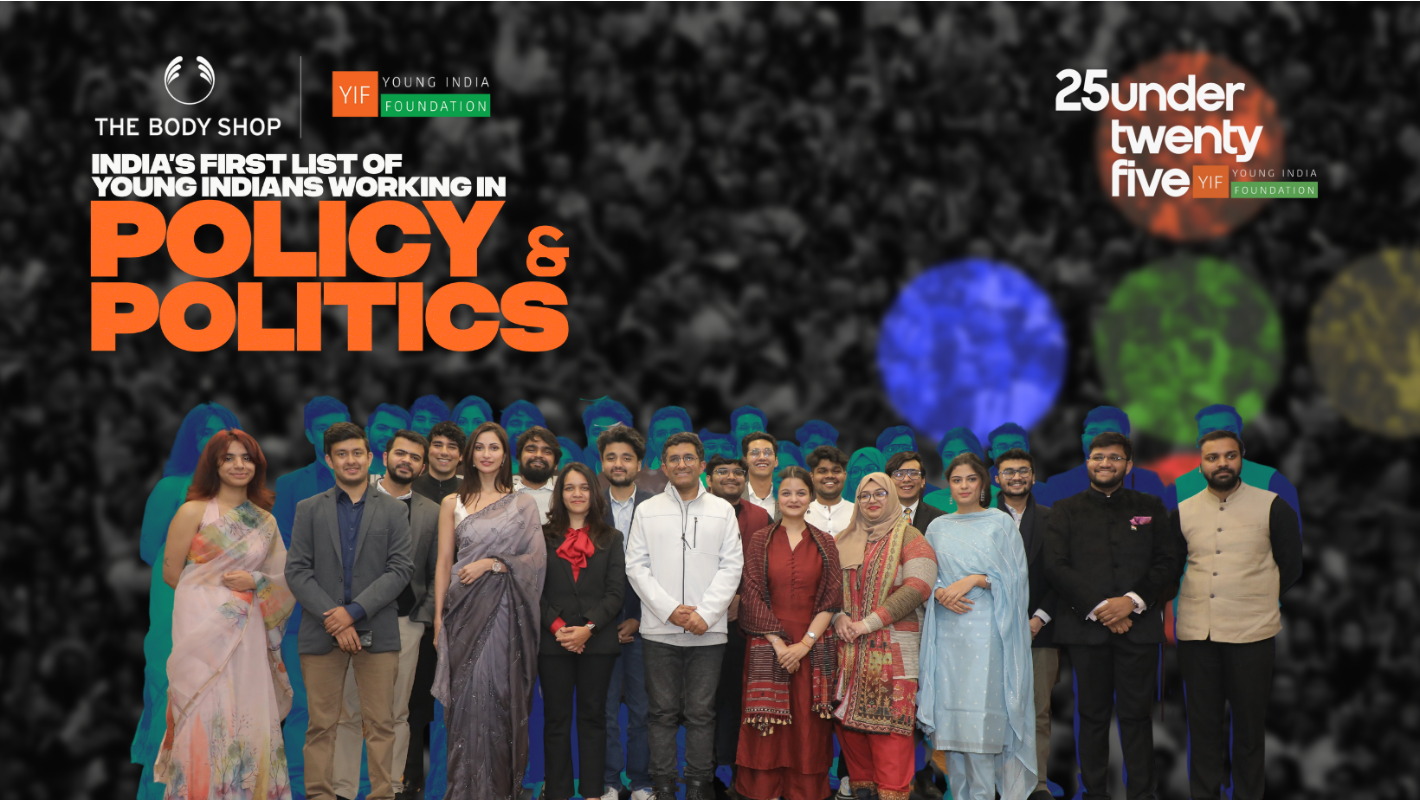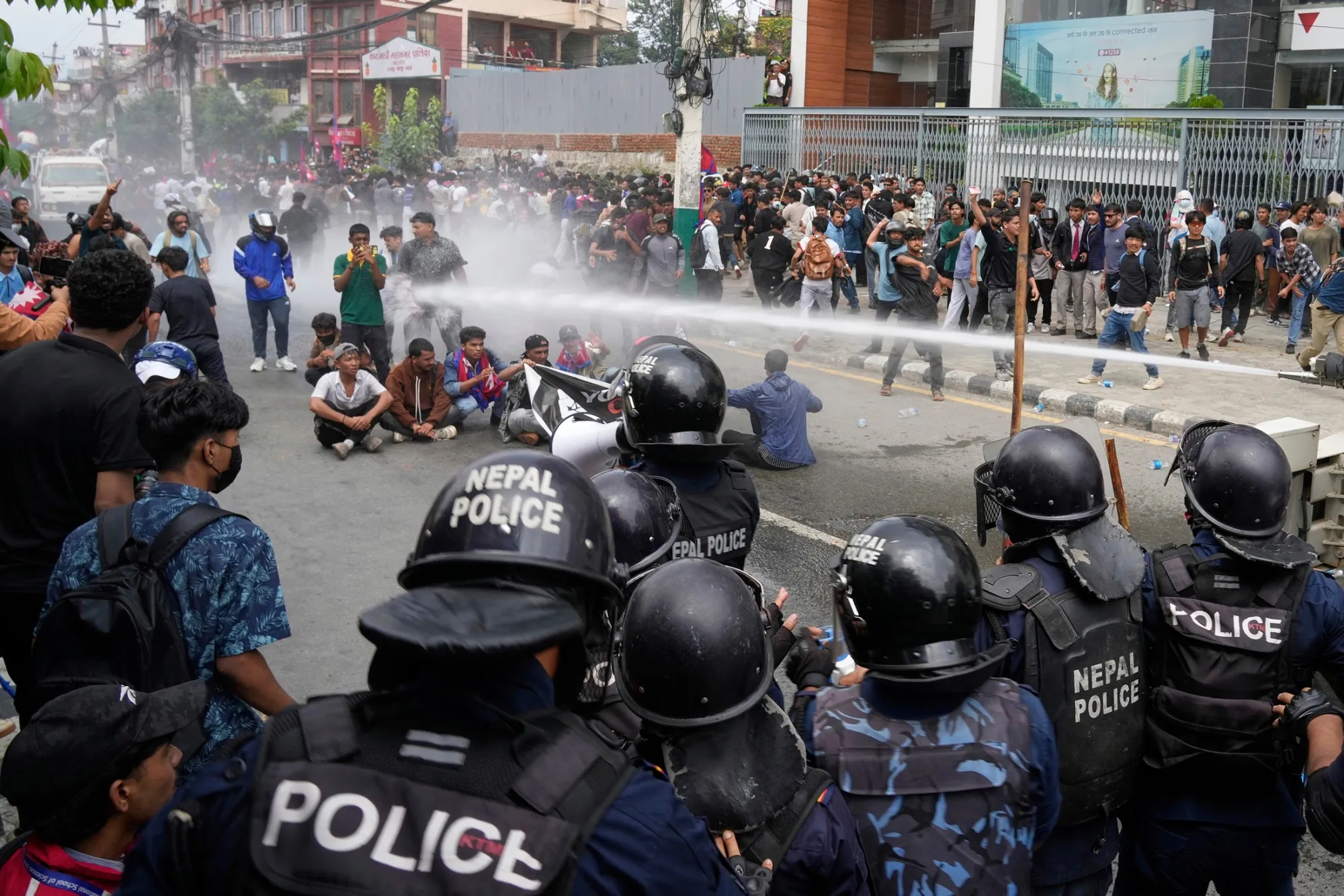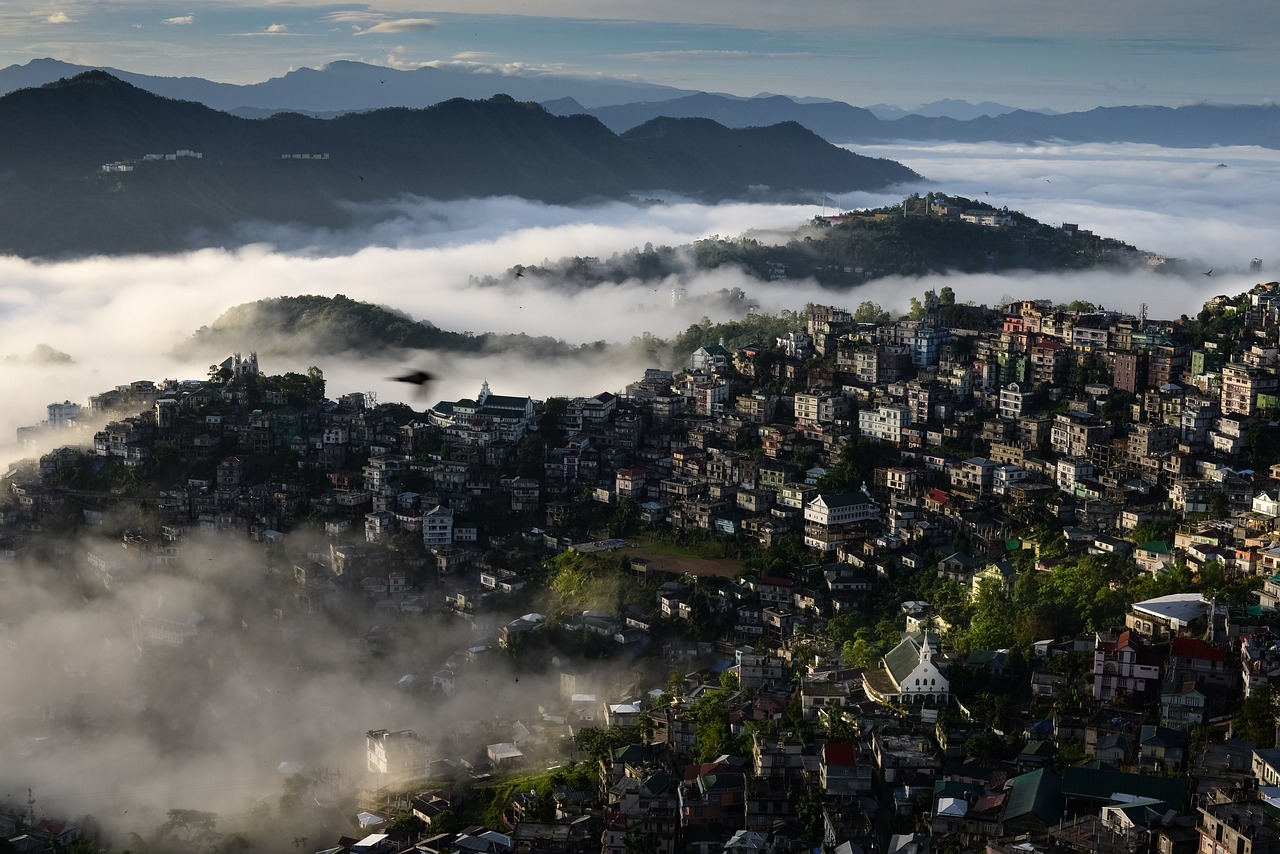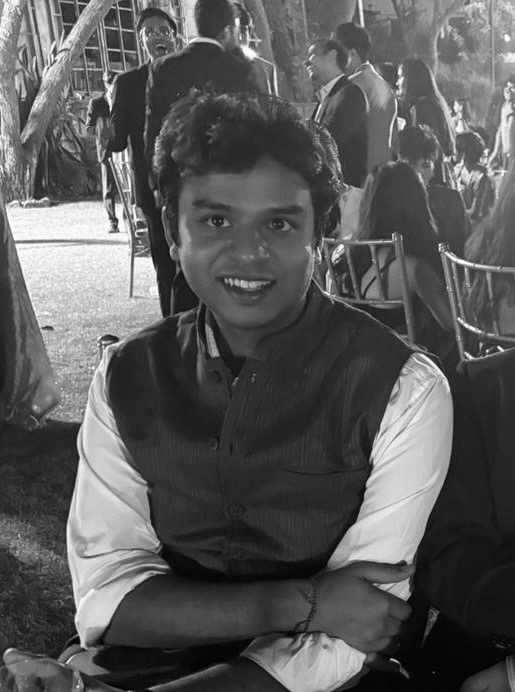Introduction
In the first half of September 2025, the Nepali government ordered a sudden block of popular social media platforms, arguing the move was meant to preserve public order. That shutdown, which affected Facebook, Instagram, X and several others, landed like a match in dry tinder. Many of the country’s youngest adults had already been using those platforms to share grievances about corruption, nepotism and unemployment. What began as online anger quickly spilled into the streets of Kathmandu and other cities, as youth organisers and online networks called for the ban to be lifted and for accountability from political elites.
Losses of Life and Property
The crackdown, protests and countermeasures escalated in the space of only a week. Demonstrations that began as marches and sit-ins met tear gas, water cannons, rubber bullets, and even live fire. By September 12, police figures put the death toll at 51 people and the number of injured in the thousands. Protesters stormed and burned symbols of state power and private wealth, including the federal parliament compound and several luxury hotels. The prime minister announced his resignation, leaving questions about interim leadership and stability.
The damage was not only symbolic. Key government buildings, media offices, and private property linked to political families were destroyed. Tourism, a major part of Nepal’s economy, took an immediate hit as safety concerns spread. Families who lost loved ones are now navigating a justice system under stress, while local governments face rebuilding and compensation. Beyond the statistics, these events eroded social trust and displaced everyday livelihoods.
Why the Youth Angle Got Lost
The movement started with clear demands, to restore digital access, stop privileging elite relatives, and open credible corruption investigations. But three factors pushed those demands out of focus. First, the shutdown itself made online coordination harder, driving organising into more chaotic street encounters. Second, episodes of arson and looting shifted public debate from policy to law and order. Third, officials and some media outlets equated youth protesters with rioters, feeding a securitised narrative that sidelined legitimate grievances.
This dynamic is common. Once violence dominates the headlines, the political demands that motivated young protesters risk being forgotten.
Structural Factors in Nepal
Generational mismatch drives much of this unrest. Nepal’s political leadership is dominated by people in their 60s, 70s and 80s, while the median age in the country is about 25. At the same time, youth unemployment and underemployment remain high, with many young Nepalis seeking work abroad. The “Nepo Kids” phenomenon, where elite families flaunt wealth and influence, further sharpens the contrast.
When young people see privilege at the top and precarity at the bottom, anger builds. Their sense of misrepresentation makes calls for inclusion urgent, and if unmet, easily transforms into demands to overhaul the system.
Digital Rights and Censorship
Cutting off social media is not a neutral move, it is an assault on basic freedoms. UN experts and digital rights groups call internet shutdowns a violation of the right to free expression and assembly. They also tend to backfire. Instead of silencing dissent, shutdowns push activists to VPNs, encrypted chats, or offline protests, often making movements harder to monitor and more volatile. Governments that frame censorship as public safety risk worsening the very unrest they hope to contain.
The Nepali protests highlight three debates. Primarily, youth mobilisation today is horizontal and digitally enabled, making it agile but harder to contain. Additionally, in settings with weak institutions or signs of democratic backsliding, protests escalate quickly when trust breaks down. Moreover, digital repression itself can spark further mobilisation, because it is perceived as a betrayal of citizenship rights.
These insights remind us that when institutional trust is low, even narrow demands can spiral into broad anti-system protest.
Policy Directions
There are concrete steps governments can take:
- Institutionalise youth participation. Lower age barriers for political office, mandate youth representation in oversight bodies, fund youth-led policy labs, and experiment with participatory budgeting.
- Protect digital rights. Avoid shutdowns, negotiate transparent moderation frameworks with platforms, and invest in media literacy. Align with international digital rights principles.
- Rebuild trust through transparency. Publish budgets, create citizen audit committees with youth representation, and respond to youth petitions with real processes instead of dismissals.
- Reform protest policing. Train security forces in de-escalation, prohibit the use of live ammunition on protesters, and guarantee safe assembly and media access.
These are not radical steps, but they can prevent peaceful protest from escalating into tragedy.
Conclusion
The Gen-Z protests in Nepal brought enormous human and material losses, but they also sent a clear message. Young people are not a group to be managed or sidelined, they are citizens demanding a role in shaping their country’s future. Suppression through censorship and force is short-sighted and dangerous. Inclusion, transparency, and digital freedoms are the only sustainable path forward.
For Nepal and for governments worldwide, the lesson is simple, there is no stable future without real youth participation.




 (15).png)

